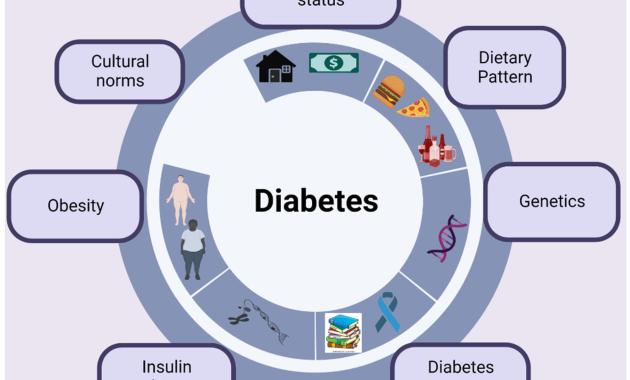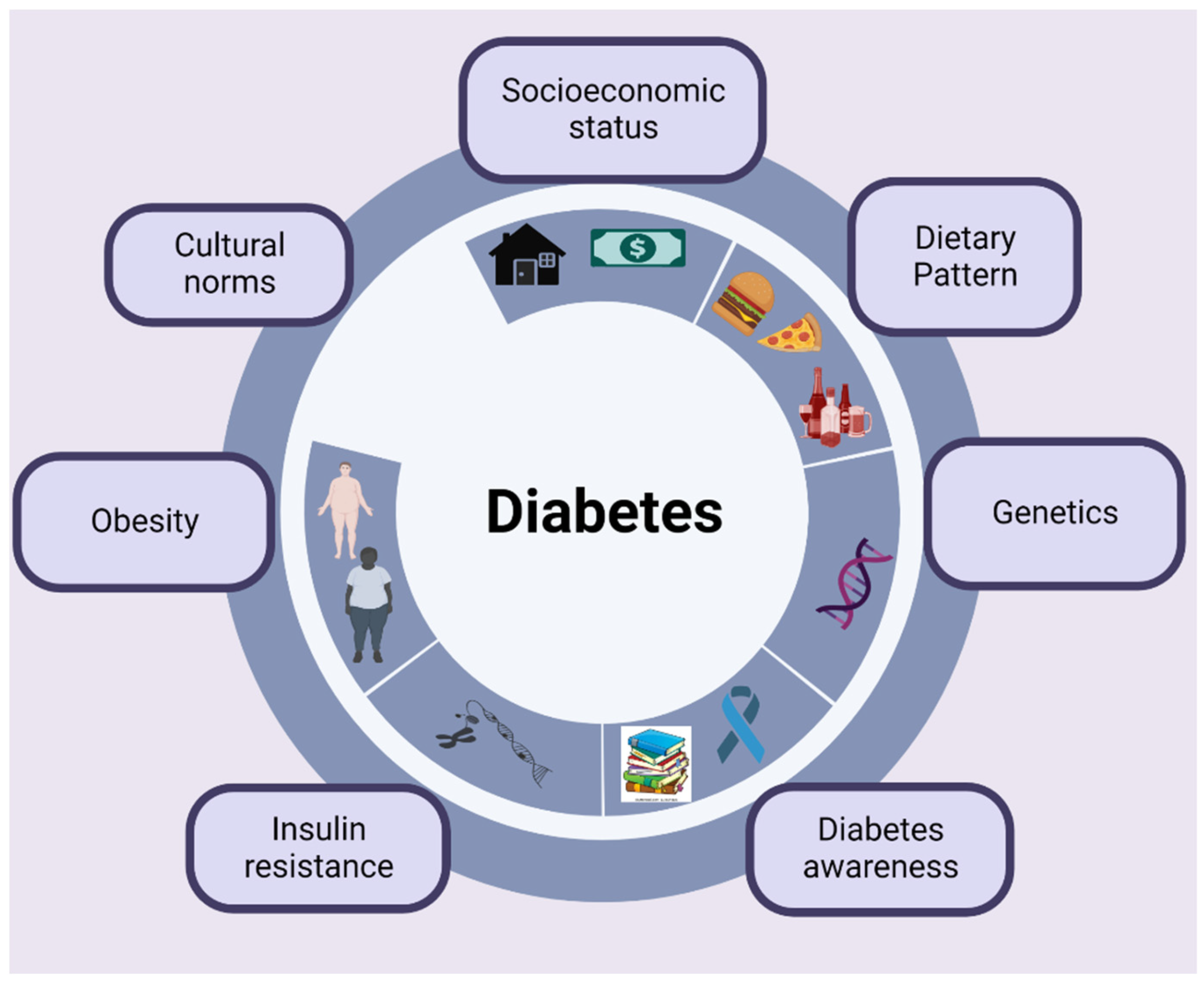
How to Eliminate Diabetes Confusion With This Easy Plan
Diabetes. The word itself can conjure images of needles, dietary restrictions, and a life lived with constant vigilance. It’s a complex disease, and the sheer volume of information available can be overwhelming, leading to confusion and, sometimes, inaction. But managing diabetes doesn’t have to feel like navigating a maze. In fact, with the right plan, you can eliminate diabetes confusion and take control of your health. This article aims to provide a clear, concise, and actionable guide to help you do just that.
The prevalence of diabetes is a global concern. Millions worldwide live with this chronic condition, and the numbers continue to rise. This underscores the urgent need for effective strategies to manage and prevent the disease. Understanding the core principles of diabetes management is the first step toward eliminating the confusion surrounding it. Let’s break down the key elements of a straightforward plan.
Understanding Diabetes: The Basics
Before we delve into the plan, it’s crucial to grasp the fundamentals of diabetes. At its core, diabetes is a metabolic disorder characterized by elevated blood sugar levels (glucose). This occurs when the body either doesn’t produce enough insulin or can’t effectively use the insulin it produces.
There are primarily two main types of diabetes:
- Type 1 Diabetes: An autoimmune disease where the body attacks and destroys the insulin-producing cells in the pancreas. This typically requires insulin injections or an insulin pump.
- Type 2 Diabetes: The more common form, often associated with insulin resistance. The body struggles to use insulin effectively, leading to a buildup of glucose in the bloodstream. Lifestyle factors, such as diet and exercise, play a significant role.
Gestational diabetes is another type that develops during pregnancy. It usually resolves after childbirth but increases the risk of developing type 2 diabetes later in life.
Understanding these different types is the first step in eliminating diabetes confusion. Each type requires a different approach to management.
The Easy Plan: A Step-by-Step Guide to Managing Diabetes
This plan is designed to be practical and adaptable. It emphasizes proactive steps you can take to manage your diabetes and improve your overall well-being. Remember to consult with your healthcare provider before making any significant changes to your routine. This plan is not a substitute for professional medical advice.
Step One: Regular Blood Sugar Monitoring
Monitoring your blood sugar levels is the cornerstone of diabetes management. It provides valuable insights into how your body responds to food, exercise, and medication. Regular monitoring allows you to make informed decisions about your daily routine. It helps you adjust your lifestyle to maintain healthy blood sugar levels.
The frequency of blood sugar monitoring depends on your specific diabetes type and treatment plan. Your doctor will advise you on the most appropriate schedule. This may involve testing before meals, after meals, before bedtime, and occasionally during the night. Keep a log of your readings and share it with your healthcare provider.
Step Two: Dietary Adjustments for Diabetes Management
Diet plays a crucial role in managing diabetes. The goal is to maintain stable blood sugar levels and prevent sharp spikes or dips. This involves choosing foods that release glucose slowly and steadily. This also means balancing your intake of carbohydrates, proteins, and fats. The right food choices can significantly reduce the confusion surrounding diabetes.
Here are some dietary recommendations:
- Focus on Whole Foods: Emphasize fruits, vegetables, whole grains, and lean proteins. These foods are rich in nutrients and fiber. They help regulate blood sugar levels.
- Control Carbohydrate Intake: Pay attention to portion sizes and choose complex carbohydrates over simple sugars. This includes things like brown rice and whole-wheat bread.
- Choose Healthy Fats: Include sources of unsaturated fats, such as avocados, nuts, and olive oil.
- Limit Processed Foods and Sugary Drinks: These foods often lead to blood sugar spikes. They also contribute to weight gain, which can worsen diabetes.
- Consult a Registered Dietitian: A dietitian can help you create a personalized meal plan that meets your specific needs and preferences.
Step Three: The Importance of Physical Activity
Regular physical activity is essential for managing diabetes. Exercise helps improve insulin sensitivity. It also helps the body use glucose more effectively. This can lead to lower blood sugar levels. It has many benefits for people with diabetes.
Aim for at least 150 minutes of moderate-intensity exercise per week. This can include brisk walking, cycling, or swimming. Incorporate strength training exercises at least two times per week. This helps build muscle mass, which also improves insulin sensitivity. Consult your doctor before starting any new exercise program.
Step Four: Medication and Treatment Adherence
For many people with diabetes, medication is a necessary part of their treatment plan. This can include oral medications or insulin injections. It is crucial to take your medications as prescribed by your doctor. This helps maintain your blood sugar levels within a healthy range. Consistent medication adherence is key to effective diabetes management. It helps reduce the risk of complications.
If you have any questions or concerns about your medication, talk to your doctor or pharmacist. Never stop taking your medication without consulting your healthcare provider first. It’s important to understand your medications to eliminate diabetes confusion.
Step Five: Regular Checkups and Monitoring for Complications
Regular checkups with your healthcare provider are essential for managing diabetes. These checkups allow your doctor to monitor your overall health. This includes your blood sugar levels, blood pressure, and cholesterol levels. They also check for any potential complications. Early detection and treatment of complications can prevent them from becoming more serious. This is very important for the long-term health of people with diabetes.
Diabetes can increase the risk of several complications. These include:
- Cardiovascular Disease: Diabetes increases the risk of heart disease and stroke.
- Neuropathy: Nerve damage that can cause pain, numbness, and other problems.
- Nephropathy: Kidney damage that can lead to kidney failure.
- Retinopathy: Eye damage that can lead to vision loss.
- Foot Problems: Increased risk of infections and ulcers.
Your doctor will perform regular screenings to detect any complications early. These may include eye exams, foot exams, and kidney function tests. Early detection and treatment are crucial.
Step Six: Education and Support
Living with diabetes can be challenging, but you don’t have to do it alone. Education and support are crucial components of successful diabetes management. Understanding your condition empowers you to make informed decisions. This helps you take control of your health.
Seek out educational resources, such as diabetes education classes, books, and websites. Join a support group or connect with other people with diabetes. Share your experiences and learn from others. This can provide emotional support and practical advice. Talk to your doctor and ask for recommendations for resources.
Addressing Common Sources of Diabetes Confusion
The abundance of information can lead to confusion. Let’s clarify some common misconceptions and address some of the most confusing aspects of diabetes management.
- Misconception: Diabetes is caused by eating too much sugar. While excessive sugar intake can contribute to weight gain, which can worsen diabetes, the primary causes of type 1 and type 2 diabetes are different.
- Misconception: People with diabetes can never eat sugar. In moderation, people with diabetes can enjoy sweets. The key is to monitor blood sugar levels and balance carbohydrate intake.
- Misconception: Insulin is a sign of failure. Insulin is a life-saving medication for many people with diabetes. It’s not a sign of failure, but rather a tool to manage the disease effectively.
By understanding these common misconceptions, you can eliminate some of the confusion. This helps you make informed decisions about your health.
The Long-Term Benefits of Managing Diabetes
Managing diabetes effectively offers significant long-term benefits. It can prevent or delay the onset of complications. It can also improve your overall quality of life. It can also empower you to live a healthier and more fulfilling life. Taking control of your diabetes is an investment in your future. It allows you to enjoy a longer, healthier life. This is the ultimate goal when you eliminate diabetes confusion.
Here are some of the long-term benefits:
- Reduced Risk of Cardiovascular Disease: Managing blood sugar levels, blood pressure, and cholesterol reduces the risk of heart disease and stroke.
- Preserved Vision: Regular eye exams and blood sugar control can prevent or slow the progression of diabetic retinopathy.
- Healthy Kidneys: Managing blood sugar and blood pressure helps protect your kidneys.
- Improved Nerve Health: Controlling blood sugar levels can reduce the risk of neuropathy.
- Increased Energy Levels and Overall Well-being: Managing diabetes can improve your mood and energy levels.
Conclusion: Take Action to Eliminate Diabetes Confusion
Diabetes can be a challenging condition to manage. But with a clear plan and a commitment to your health, you can eliminate the confusion surrounding it. By following the steps outlined in this article – regular blood sugar monitoring, dietary adjustments, physical activity, medication adherence, regular checkups, and education and support – you can take control of your health. This is the first step in eliminating diabetes confusion. Remember to work closely with your healthcare provider, seek support, and stay informed. Taking action today will pave the way for a healthier tomorrow. By following this easy plan, you can improve your quality of life. You can also reduce your risk of complications. This is the key to effectively managing diabetes.
Embrace the journey. Commit to the plan. Eliminate diabetes confusion. Live a healthier, more fulfilling life.
[See also: Related Article Titles]

